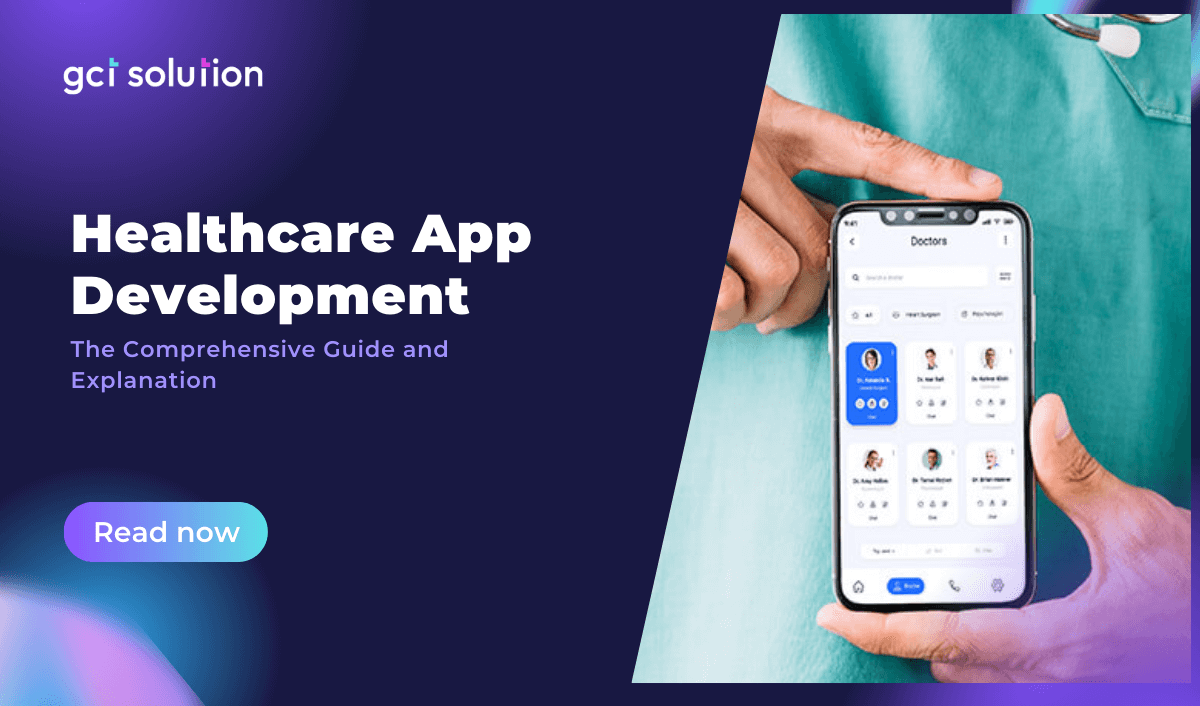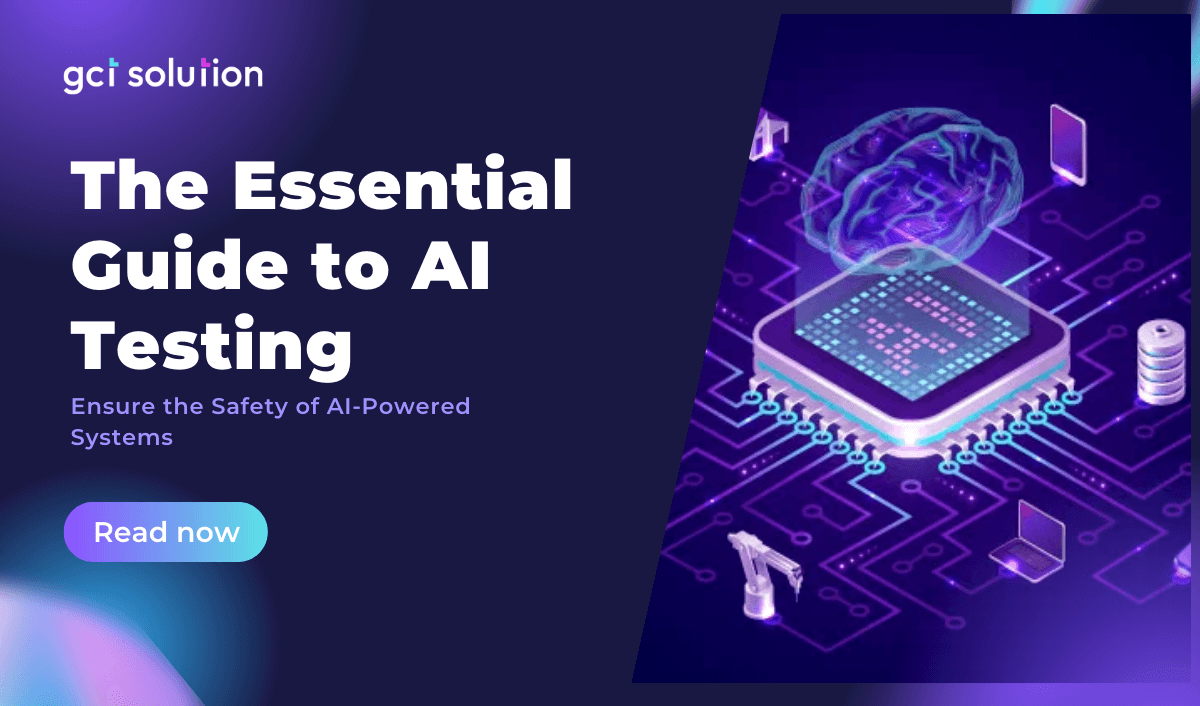Healthcare app development has emerged as a transformative force in the healthcare industry, revolutionizing the way patients access care, healthcare providers deliver services, and organizations manage health data. With the global healthcare app market projected to reach $111.1 billion by 2025, growing at a remarkable CAGR of 17.7% from 2019 to 2025 (source: Grand View Research), the demand for innovative mobile solutions is on the rise. This surge is fueled by the increasing prevalence of chronic diseases, the need for personalized healthcare experiences, and the drive for more efficient and accessible healthcare services.
Mobile Banking App Development: How To Develop Your Own Banking App?
The rise of mobile banking has been nothing short of remarkable. In fact, a recent study by Juniper Research found that the number of global mobile banking users is expected to reach 2.5 billion by 2024, up from 1.9 billion in 2019. As more and more consumers turn to their smartphones for their banking needs, the demand for feature-rich, secure, and user-friendly mobile banking apps has never been higher. For banks and financial institutions, developing a successful mobile banking app is no longer a nice-to-have, but a strategic imperative. However, the process of creating a mobile banking app that meets the evolving needs of customers and stays ahead of the competition can be complex and multifaceted. In this comprehensive guide, GCT Solution will take you through the step-by-step process of mobile banking app development.
What is Static Application Security Testing (SAST)? How Does It Work?
The global Static Application Security Testing (SAST) market is projected to reach $3.1 billion by 2025, growing at a CAGR of 12.5%. This highlights the increasing importance of SAST in securing software applications. SAST tools analyze code without execution, identifying vulnerabilities early in the development process. In this blog, GCT Solution’s experts will explore the benefits, workings, tool types, comparisons with other testing methods, and best practices of SAST for enhanced application security.
The Essential Guide to AI Testing: Ensure the Safety of AI-Powered Systems
AI testing is the process of evaluating the performance, reliability, and safety of AI systems to ensure they meet the desired requirements and function as intended. According to a report by MarketsandMarkets, the global AI testing market is expected to grow from $300 million in 2020 to $1.5 billion by 2025, at a CAGR of 38.1% during the forecast period. This rapid growth underscores the importance of AI testing as organizations strive to deliver reliable and trustworthy AI-powered solutions. Whether you're a software developer, a quality assurance engineer, or a business leader, understanding the ins and outs of AI testing is crucial for staying ahead in today's technology-driven landscape. In this comprehensive blog, we'll explore the world of AI testing, delving into the latest trends, best practices, and cutting-edge techniques that are shaping the future of this rapidly evolving field.
An A-Z Guide to API Testing (With Examples)
APIs are the backbone of modern software development, enabling seamless data exchange and functionality sharing across systems. Yet, ensuring these APIs function properly is crucial - and that's where API testing comes in. As a critical component of the software development lifecycle, API testing is a must-have skill for every developer and QA engineer. By thoroughly testing APIs, you can unlock a world of advantages that profoundly impact the success and performance of your applications. Whether you're a seasoned pro or just starting your software engineering journey, this blog post is your go-to resource for mastering the art of API testing. Get ready to discover how you can leverage the power of API testing to build resilient, scalable, and user-friendly applications that stand the test of time with GCT Solution!
Security Testing: A Complete Guide to Protecting Your Digital Assets
Security testing is a critical process that evaluates the security of software applications to uncover potential vulnerabilities and ensure robust protection against cyber threats. According to Cybersecurity Ventures, the global cost of cybercrime is projected to soar to $10.5 trillion by 2025, highlighting the critical need for robust security measures, including comprehensive security testing protocols. Let's gain a deeper insight about this type of testing with GCT Solution’s experts!
Differentiating Cryptography and Encryption in 5 Minutes!
With the increasing number of cyber attacks and data breaches, organizations and individuals must implement effective security measures to protect sensitive information from unauthorized access. Two fundamental concepts in secure communication are cryptography and encryption. According to a report by Cybersecurity Ventures, the global cost of cybercrime is expected to reach $10.5 trillion annually by 2025, up from $3 trillion in 2015. This alarming statistic highlights the importance of implementing robust security measures, including cryptography and encryption, to protect sensitive data and ensure secure communication. Understanding the differences between cryptography and encryption, as well as the role of cryptographic controls and cryptology, is essential for implementing effective security measures and protecting sensitive data from unauthorized access. Let's gain an insight from GCT Solution's experts!
Cryptography Attacks: Definition, Types, Examples, and Prevention
Cryptography attacks are a significant threat to digital security, exploiting vulnerabilities in cryptography systems to gain unauthorized access to sensitive information. According to a report by the Identity Theft Resource Center, in 2021, reported losses exceeded $6.9 billion for Americans, with an average loss of over $8,140 per complaint. The cost for U.S. organizations topped $9.4 million, highlighting the financial impact of cybersecurity incidents. Understanding the various types of cryptography attacks is crucial for developing robust security measures. These attacks can be highly effective, and it is essential to use strong encryption algorithms and keys to defend against them. Let's dive deeper into this comprehensive guide with insights from GCT Solution’s experts! What is a Cryptography Attack? Cryptography attacks are methods used by cybercriminals to breach, decrypt, or steal encrypted data. Encryption is a security technique that converts plain text into unreadable code, making it difficult for unauthorized users to access sensitive information. However, with the right tools and techniques, attackers can crack the encryption and access the data. Security attacks in cryptography can have severe consequences, including financial loss, reputational damage, and legal liability. For example, the Heartbleed Bug, a vulnerability in the OpenSSL cryptography library, affected millions of websites and resulted in the theft of sensitive information from many of them. This cost companies millions of dollars in remediation efforts and legal fees.
A Complete Explanation about Smart Legal Contracts
The use of smart contracts has become increasingly popular, with the global smart contract market size projected to reach USD 34.4 billion by 2027, growing at a compound annual growth rate (CAGR) of 24.1% from 2020 to 2027. Smart contracts are self-executing agreements with the terms of the contract directly written into lines of code, enabling automation, efficiency, and security in contract execution. Among the various types of smart contracts, smart legal contracts have gained significant attention due to their potential to revolutionize the legal industry by automating legal processes, increasing transparency, and reducing costs. This article provides an in-depth analysis of smart legal contracts, including their benefits, challenges, legal implications, and real-world use cases.






.png)


